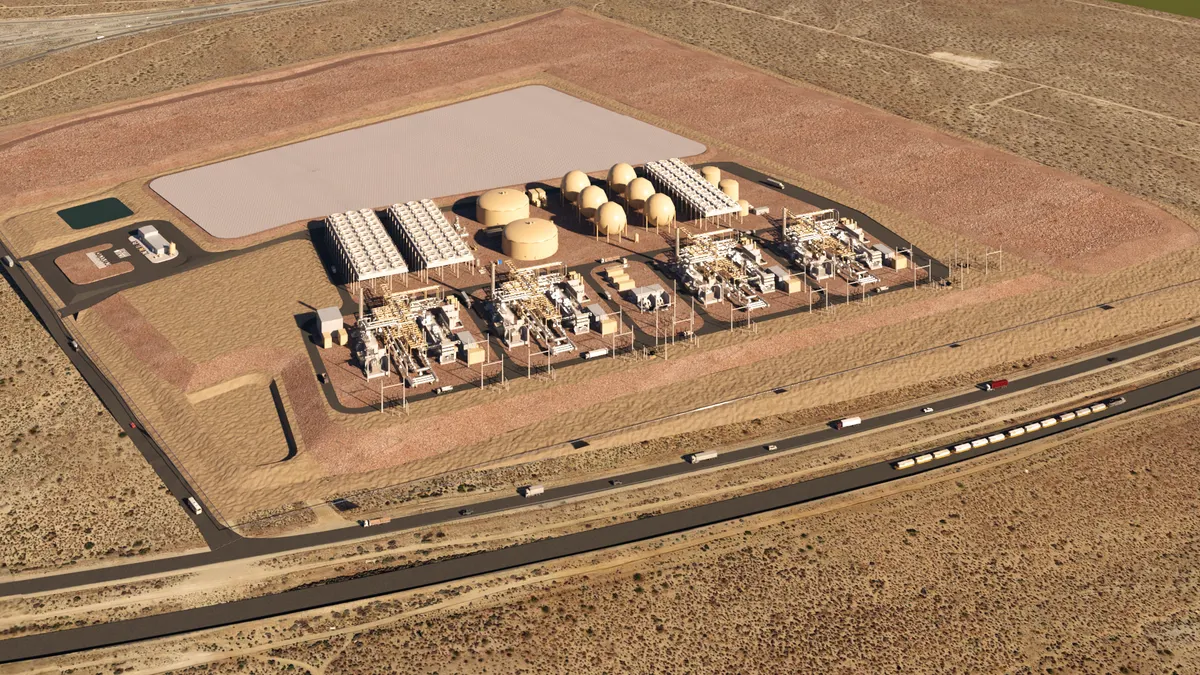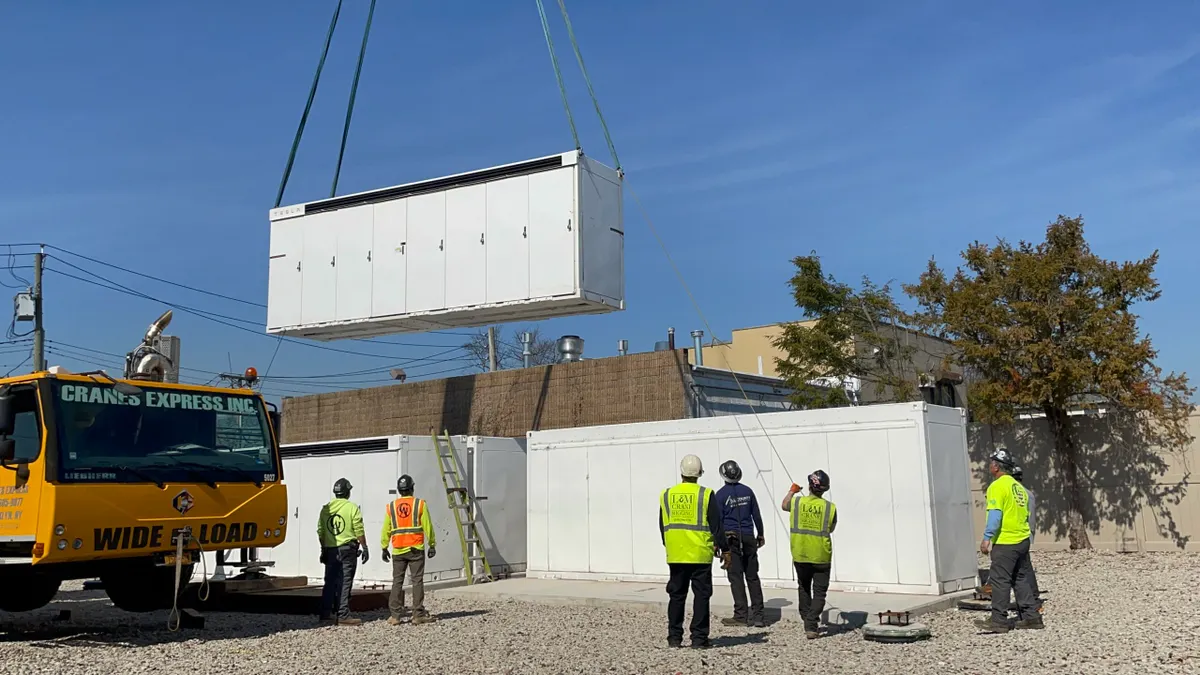Lithium-ion batteries have the lion’s share of the stationary battery storage market, giving many manufacturers the opportunity to realize economies of scale, but on the flipside, makes it that much harder for new technologies to gain a foothold in the market.
So far this year, at least two battery manufacturers working on novel technologies have declared bankruptcy.
In March, Aquion Energy filed for bankruptcy. Aquion was known for its aqueous hybrid ion battery technology, which the company touted as a safer and cheaper alternative to li-ion batteries. Aquion emerged from bankruptcy last month, being acquired at auction by Juline-Titans LLC, a company about which little is known except that it has ties to the China Titans Energy Technology Group.
And late last week, Alevo USA and Alevo Manufacturing, both part of Alevo Group, filed for Chapter 11 bankruptcy court protection. At one point, Alevo was seen as a rival to Tesla. In 2014, the company said it planned to invest $1 billion to convert an old Philip Morris cigarette factory in North Caroline to a sleek new facility capable of producing several gigawatts of batteries a year.
Alevo was also trying to gain a market edge with a lithium-iron-phosphate battery chemistry that it claimed would be the first to use an inorganic electrolyte based on sulfur. The company said that chemistry would allow its batteries to cycle more frequently and with less heat and degradation than li-ion batteries.
Alevo had a three-pronged approach to the market. It planned to target state-owned utilities overseas, individual utilities, especially in the United States, and to tap commercial markets such as the market for frequency regulation in the PJM Interconnection region.
Alevo also did not want to limit itself to just selling batteries. It was looking to sell storage as a service. That may have been easier than convincing a developer of the merits of its technology, but it also meant that in addition to competing against established, incumbent li-ion battery manufacturers such as Tesla and Panasonic, Alevo was also taking on companies such as AES Energy Storage, Greensmith and S&C Electric.
The company also shunned government funding, relying instead on private investors, including funding from Russian oligarch Dmitry Rybolovlev.
Alevo had some successes. Earlier this year, it signed an agreement with Ormat Technologies to jointly build, own and operate the 10 MW Rabbit Hill Energy Storage Project in Georgetown, Texas. And last year, the company began a project to build an 8 MW, 4 MWh energy storage system in Lewes, Dela., that uses Alevo’s GridBank technology.
But the successes were not enough to overcome what the company calls “significant production challenges.” In the end, Alevo has “insufficient revenue to continue operations.” It is now seeking to liquidate its assets.
One of the lessons to be learned from the two recent bankruptcies is there is “room for disruptive technologies, but it can’t be incremental,” said Marco Ferrara, a research affiliate in material science and engineering at the Massachusetts Institute of Technology (MIT).
Newcomers seeking to gain a hold in the current energy storage market face several tough challenges. There are already several entrenched and well funded manufacturers, incumbents such as LG Chem, Panasonic and Saft that can more easily avail themselves of economics of scale.
To gain a foothold in that market, a company would have to promise something on the order of a 50% cost reduction and not just now, but for five years in the future, Ferrara said.
“Companies like Alevo and Aquion struggle to gain market traction,” as large li-ion manufacturing continue to drive down costs, said Lux Research analyst Chris Robinson.
In addition to competition from the market, Ferrara says companies trying to engineer large cost reductions are also up against the laws of nature. “If you make a gain in one area, you usually have to give up something somewhere else.” Often the best approach for that strategy is to target a specific market.
There are still opportunities for new chemistries, says Robinson, but “Alevo’s high power focus competed directly with li-ion batteries, a battle it would never win.”
In addition, the market for stationary storage is the toughest portion of the market. It is smaller than the market for batteries used in electric vehicles and in devices such as mobile phones and laptops. In addition, the stationary market is growing slowly, and there are already enough li-ion batteries to meet current stationary storage demand, says Ferrara.
But perhaps the biggest difference is that the stationary storage market, like the market for electric power, is a commodity market. And commodity markets have much greater price sensitivity. That means that scale matters much more and the payback period is much longer, says Ferrara. “It is a very difficult game.”
Robinson sees two lessons in the recent bankruptcies. First, lithium-ion costs are so low that it is difficult for other technologies to compete and, second, “scaling-up manufacturing ahead of demand can become a financial drain resulting in bankruptcy.”
In addition to Alevo, he cited the “unfavorable exists” of A123 Systems in 2012 and of Aquion earlier this year, which were primarily the result of “scaling production before the market was ready.”




















